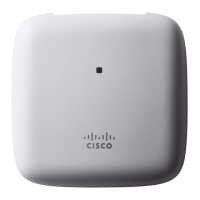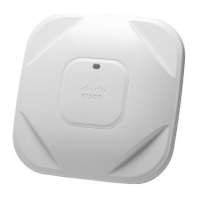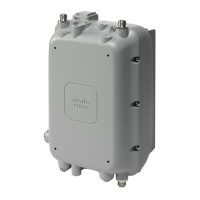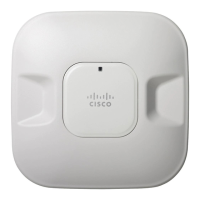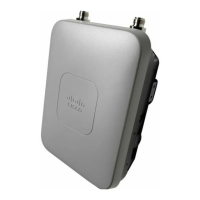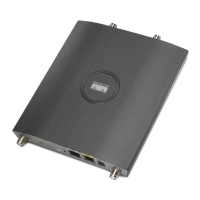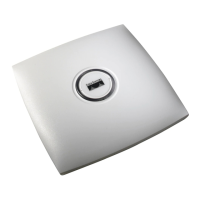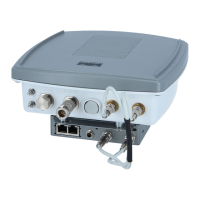4
–
Rogue Detection
–
BandSelect
–
Integrated Bluetooth LE 4.1 radio for location and asset tracking.
• Real-time Service Extender which extends real-time services such as voice, wireless, video, and
data to
remote locations.
• Datagram Transport Layer Security (DTLS) connection between the access point and the
controller.
• The AP supports the following hardware external interfaces:
–
Three 10/100/1000BASE-T ports (local Ethernet ports), one of which also serves as a PoE-Out
port (PSE-L
AN1 port).
The PoE-Out port provides 802.3af Class 0 (15.4W) power.
–
One USB 2.0 port
–
DC power connector, for powering the AP using AIR-PWR-D=.
–
Mode button. For information on how to use the Mode button, see “Using the Mode Button”
section on page 12.
–
One multi-color LED status indicator. See the “Checking the Access Point Status LED” section
on page 10 for information on the colors of the LED status indicator.
• Two integrated 2.4GHz/5GHz dual-band antennas located on the sides of the access point under
the top
housing. Peak antenna gain is approximately 2 dBi and 4 dBi in the 2.4 GHz and 5
GHz
bands respectively
.
A full listing of the access point's features and specification are prov
ided in the Cisco Aironet 1815T
Access Point Data Sheet, at the following URL:
(URL to be added later)
Access Point Model Numbers and Regulatory Domains
The Cisco Aironet 1815T access point models have the format AIR-1815T-x-K9. The ‘x’ in the model
number is a placeholder for the regulatory domain. For information on supported regulatory domains,
see the following page:
http://www.cisco.com/go/aironet/compliance

